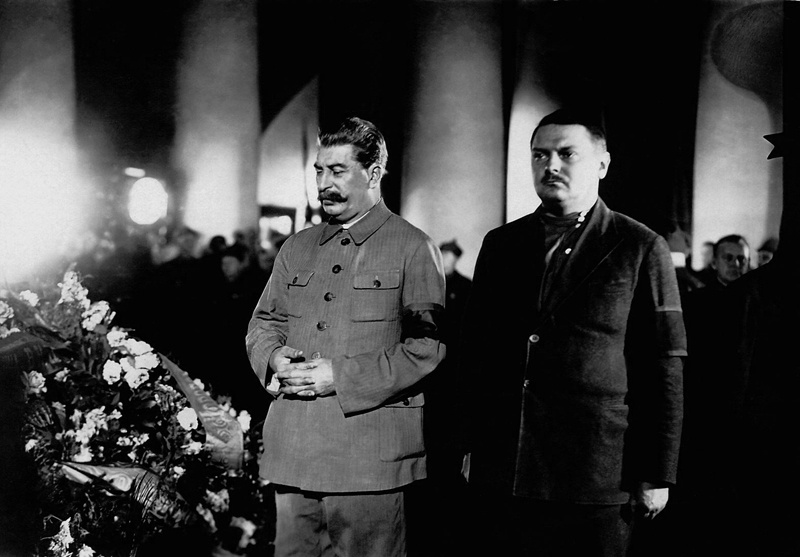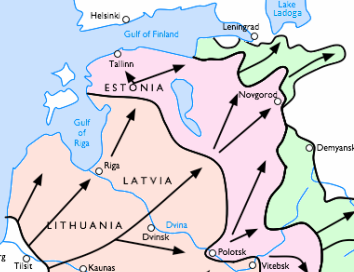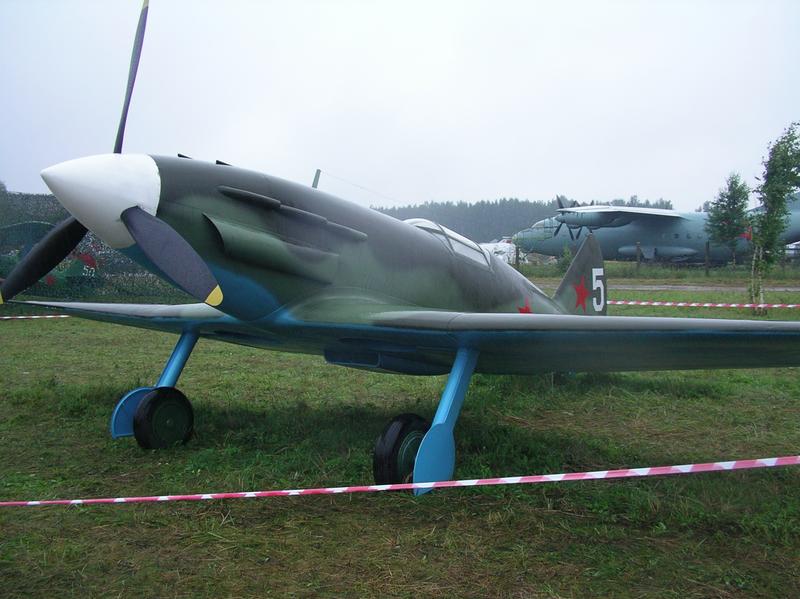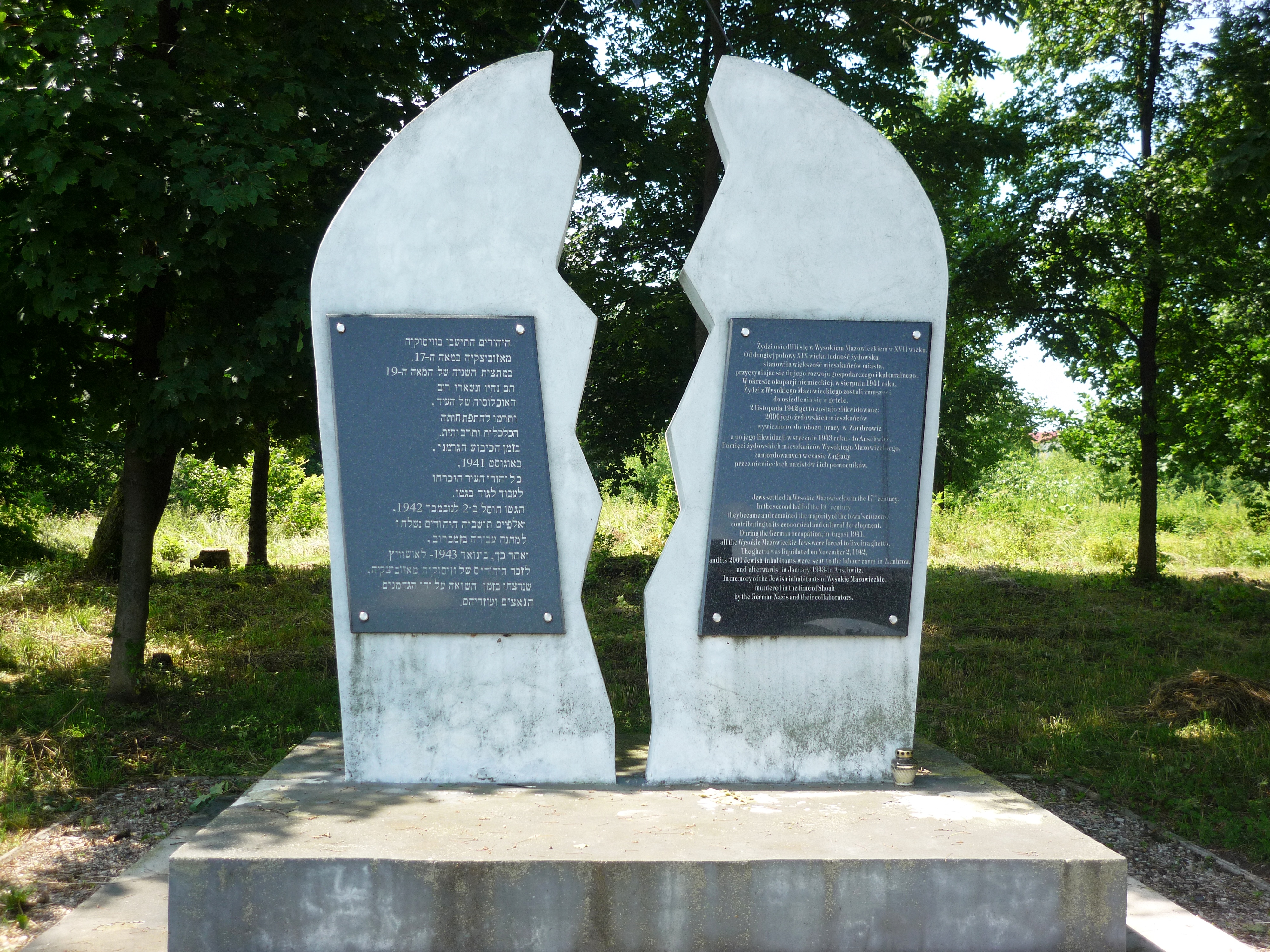|
Georgy Lobov
Georgy Ageevich Lobov (; 7 May 1915 – 6 January 1994) was a Soviet fighter pilot and squadron commander of the 7th Guards Fighter Aviation Division during World War II who was credited with 10 solo and 7 shared aerial victories. He later commanded the 64th Fighter Aviation Corps, during the Korean War. Early life Lobov was born on 7 May 1915 at the city of Yekaterinodar, to a family of a railway workers. He graduated from a seven-year school to become a factory teacher. He later worked at the Proletariat cement plant in Novorossiysk, as a roaster, instructor and secretary of the Komsomol organization of the plant. In 1934 he graduated from the Rostov branch of the Institute of Mass Extramural Education of the Party activist under the Central Committee of the All-Union Communist Party of Bolsheviks. In 1934, he entered the Novocherkassk Aviation Institute and in 1935 he graduated from the first course of the institute. Military career In 1935, he was drafted into the Red Army ... [...More Info...] [...Related Items...] OR: [Wikipedia] [Google] [Baidu] |
Krasnodar
Krasnodar, formerly Yekaterinodar (until 1920), is the largest city and the administrative centre of Krasnodar Krai, Russia. The city stands on the Kuban River in southern Russia, with a population of 1,154,885 residents, and up to 1.263 million residents in the Krasnodar Urban Okrug, Urban Okrug. In the past decade Krasnodar has experienced rapid population growth, rising to become the List of cities and towns in Russia by population, tenth-largest city in Russia, and the largest city in southern Russia, as well as the Southern Federal District. The city originated in 1793 as a fortress built by the Black Sea Cossack Host, Cossacks, and became a trading center for southern Russia. The city sustained heavy damage in World War II but was rebuilt and renovated after the war. Krasnodar is a major economic hub in southern Russia; In 2012, ''Forbes'' named Krasnodar the best city for business in Russia. Krasnodar is home to numerous sights, including the Krasnodar Stadium. Its main a ... [...More Info...] [...Related Items...] OR: [Wikipedia] [Google] [Baidu] |
Winter War
The Winter War was a war between the Soviet Union and Finland. It began with a Soviet invasion of Finland on 30 November 1939, three months after the outbreak of World War II, and ended three and a half months later with the Moscow Peace Treaty on 13 March 1940. Despite superior military strength, especially in tanks and aircraft, the Soviet Union suffered severe losses and initially made little headway. The League of Nations deemed the attack illegal and expelled the Soviet Union from its organization. The Soviets made several demands, including that Finland cede substantial border territories in exchange for land elsewhere, claiming security reasonsprimarily the protection of Leningrad, from the Finnish border. When Finland refused, the Soviets invaded. Most sources conclude that the Soviet Union had intended to conquer all of Finland, and cite the establishment of the Finnish Democratic Republic, puppet Finnish Communist government and the Molotov–Ribbentrop Pact' ... [...More Info...] [...Related Items...] OR: [Wikipedia] [Google] [Baidu] |
Andrei Zhdanov
Andrei Aleksandrovich Zhdanov ( rus, Андрей Александрович Жданов, p=ɐnˈdrʲej ɐlʲɪkˈsandrəvʲɪdʑ ˈʐdanəf, a=Ru-Андрей Жданов.ogg, links=yes; – 31 August 1948) was a Soviet politician. He was the Soviet Union's "propagandist-in-chief" after the Second World War,V. M. Zubok and Konstantin Pleshakov. Inside the Kremlin's Cold War: from Stalin to Khrushchev. Harvard: Harvard UP, 1996, p.119 and was responsible for developing the Soviet cultural policy, the Zhdanov Doctrine, which remained in effect until the death of Joseph Stalin. Zhdanov was considered Stalin's most likely successor but died before him. Zhdanov joined the Bolsheviks in 1915 and quickly rose through the party ranks. A close associate of Stalin, he became a secretary of the Central Committee of the Communist Party of the Soviet Union, Central Committee in 1934, and later that year he was promoted to Saint Petersburg, Leningrad party chief following the assassinati ... [...More Info...] [...Related Items...] OR: [Wikipedia] [Google] [Baidu] |
Second Secretary Of The Communist Party Of The Soviet Union
The Central Committee of the Communist Party of the Soviet Union was the highest organ of the Communist Party of the Soviet Union (CPSU) between Congresses. Elected by the Congress, the Central Committee emerged as the core nexus of executive and administrative authority in the party, with de facto supremacy over the government of Soviet Russia and the Soviet Union. It was composed of full members and candidate (non-voting) members. Real authority was often concentrated in smaller, more agile organs elected by the Committee, namely the Politburo, Secretariat, and Orgburo (dissolved in 1952), as well as in the post of General Secretary. Theoretically a collective leadership, the Committee increasingly became a rubber-stamp institution, particularly from the late 1920s onward under the dominance of Joseph Stalin. The Central Committee originated in the Russian Social Democratic Labor Party (RSDLP), established in 1898, and continued in the Bolshevik party, established in 191 ... [...More Info...] [...Related Items...] OR: [Wikipedia] [Google] [Baidu] |
Siege Of Leningrad
The siege of Leningrad was a Siege, military blockade undertaken by the Axis powers against the city of Leningrad (present-day Saint Petersburg) in the Soviet Union on the Eastern Front (World War II), Eastern Front of World War II from 1941 to 1944. Leningrad, the country's second largest city, was besieged by Nazi Germany, Germany and Finland for 872 days, but never captured. The siege was the List of sieges, most destructive in history and possibly the List of battles by casualties#Sieges and urban combat, most deadly, causing an estimated 1.5 million deaths, from a prewar population of 3.2 million. It was not classified as a war crime at the time, but some historians have since classified it as a genocide due to the intentional destruction of the city and the systematic starvation of its civilian population. p. 334 In August 1941, Nazi Germany, Germany's Army Group North reached the suburbs of Leningrad as Finnish forces moved to encircle the city from the north. Land ... [...More Info...] [...Related Items...] OR: [Wikipedia] [Google] [Baidu] |
Luftwaffe
The Luftwaffe () was the aerial warfare, aerial-warfare branch of the before and during World War II. German Empire, Germany's military air arms during World War I, the of the Imperial German Army, Imperial Army and the of the Imperial German Navy, Imperial Navy, had been disbanded in May 1920 in accordance with the terms of the 1919 Treaty of Versailles, which banned Germany from having any air force. During the interwar period, German pilots were trained secretly in violation of the treaty at Lipetsk (air base), Lipetsk Air Base in the Soviet Union. With the rise of the Nazi Party and the repudiation of the Versailles Treaty, the Luftwaffe's existence was publicly acknowledged and officially established on 26 February 1935, just over two weeks before open defiance of the Versailles Treaty through German rearmament and conscription would be announced on 16 March. The Condor Legion, a Luftwaffe detachment sent to aid Nationalist faction (Spanish Civil War), Nationalist for ... [...More Info...] [...Related Items...] OR: [Wikipedia] [Google] [Baidu] |
Lake Ladoga
Lake Ladoga is a freshwater lake located in the Republic of Karelia and Leningrad Oblast in northwestern Russia, in the vicinity of Saint Petersburg. It is the largest lake located entirely in Europe, the second largest lake in Russia after Lake Baikal, and the List of lakes by area, 14th largest freshwater lake by area in the world. It is comparable in size to Lake Ontario. ''Ladoga Lacus'', a methane lake on Saturn's moon Titan (moon), Titan, is named after the lake. Etymology In one of Nestor the Chronicler, Nestor's chronicles from the 12th century a lake called "the Great Nevo" is mentioned, a clear link to the Neva River and possibly further to Finnish language, Finnish ''nevo'' 'sea' or ''neva'' 'bog, quagmire'.:ru:Поспелов, Евгений Михайлович, Evgeny Pospelov: ''Geographical names of the world. Toponymic dictionary.'' Second edition. Astrel, Moscow 2001, pp. 106f. Ancient Norse sagas and Hanseatic treaties both mention a city made of lakes named ... [...More Info...] [...Related Items...] OR: [Wikipedia] [Google] [Baidu] |
MiG-3
The Mikoyan-Gurevich MiG-3 () is a Soviet fighter- interceptor used during World War II. It was a development of the MiG-1 by the OKO (opytno-konstruktorskij otdel — Experimental Design Department) of Zavod (Factory) No. 1 in Moscow to remedy problems found during the MiG-1's development and operations. It replaced the MiG-1 on the production line at Factory No. 1 on 20 December 1940 and was built in large numbers during 1941 before Factory No. 1 was converted to build the Ilyushin Il-2. On 22 June 1941, at the beginning of Operation Barbarossa, some 981 were in service with the Soviet Air Forces (VVS), the Soviet Air Defence Forces (PVO) and Soviet Naval Aviation. The MiG-3 was difficult to fly in peacetime and much more so in combat. Originally designed as a high-altitude fighter-interceptor, combat over the Eastern Front was generally at lower altitudes, where it was inferior to the German Messerschmitt Bf 109 as well as most of its Soviet contemporaries. It was also ... [...More Info...] [...Related Items...] OR: [Wikipedia] [Google] [Baidu] |
Leningrad Front
The Leningrad Front () was formed during the 1941 German approach on Leningrad (now Saint Petersburg) by dividing the Northern Front into the Leningrad Front and Karelian Front on August 27, 1941. History The Leningrad Front was immediately given the task of containing the German drive towards Leningrad and defending the city from the approaching Army Group North. By September 1941, German forces to the south were effectively stopped on the outskirts of Leningrad, initiating the two-and-a-half-year-long siege of Leningrad. Although Finnish forces to the north stopped at the old Finnish–Soviet border, the Leningrad front suffered severe losses on the Finnish Front. From September 8, soldiers of the front were forced to conduct operations under the conditions of a blockade, with very little supply. Some supplies did reach the city however via the lake Road of Life. During the blockade, the front executed various offensive and defensive operations, until finally with the h ... [...More Info...] [...Related Items...] OR: [Wikipedia] [Google] [Baidu] |
Western Front (Soviet Union)
The Western Front was a front of the Red Army, one of the Red Army Fronts during World War II. The Western Front was created on 22 June 1941 from the Western Special Military District (which before July 1940 was known as Belorussian Special Military District). The first Front Commander was Dmitry Pavlov (continuing from his position as District Commander since June 1940). The western boundary of the Front in June 1941 was long, from the southern border of Lithuania to the Pripyat River and the town of Włodawa. It connected with the adjacent North-Western Front, which extended from the Lithuanian border to the Baltic Sea, and the Southwestern Front in Ukraine. Operational history Front dispositions 22 June 1941 The 1939 partition of Poland according to the Molotov–Ribbentrop Pact established a new western border with no permanent defense installations, and the army deployment within the Front created weak flanks. At the outbreak of war with Germany, the Western Spec ... [...More Info...] [...Related Items...] OR: [Wikipedia] [Google] [Baidu] |
Wysokie Mazowieckie
Wysokie Mazowieckie (; ) is a town in north-eastern Poland, in Podlaskie Voivodeship. It is the capital of Wysokie Mazowieckie County. Population is 10,034 . History Wysokie was founded by Polish people, Polish settlers from nearby Mazovia in the Middle Ages. It was a royal settlement, and in 1469 the first parish church was founded. In 1503, Alexander Jagiellon granted Magdeburg rights, Magdeburg town rights, confirmed previous laws, and granted brewing rights to the townspeople. Later, it became a private town of various szlachta, Polish nobles, including the Potocki and Piotrowski families, administratively located in the Podlaskie Voivodeship (1513–1795), Podlaskie Voivodeship in the Lesser Poland Province, Crown of the Kingdom of Poland, Lesser Poland Province of the Kingdom of Poland. King Stanisław August Poniatowski established four annual fairs thanks to efforts of Andrzej Piotrowski. Following the German-Soviet invasion of Poland, which started World War II in Septe ... [...More Info...] [...Related Items...] OR: [Wikipedia] [Google] [Baidu] |
Operation Barbarossa
Operation Barbarossa was the invasion of the Soviet Union by Nazi Germany and several of its European Axis allies starting on Sunday, 22 June 1941, during World War II. More than 3.8 million Axis troops invaded the western Soviet Union along a front, with the main goal of capturing territory up to a line between Arkhangelsk and Astrakhan, known as the A-A line. The attack became the largest and costliest military offensive in history, with around 10 million combatants taking part in the opening phase and over 8 million casualties by the end of the operation on 5 December 1941. It marked a major escalation of World War II, opened the Eastern Front—the largest and deadliest land war in history—and brought the Soviet Union into the Allied powers. The operation, code-named after the Holy Roman Emperor Frederick Barbarossa ("red beard"), put into action Nazi Germany's ideological goals of eradicating communism and conquering the western Soviet Union to repopulate it w ... [...More Info...] [...Related Items...] OR: [Wikipedia] [Google] [Baidu] |








